Poland’s journey from its Golden Age to periods of struggle and eventual rebirth is a captivating tale of resilience. During the 15th to 18th centuries, the nation flourished as the largest Christian kingdom, marked by cultural and economic prosperity. But this era was followed by natural disasters, wars, and loss of independence, testing the spirit of its people. Yet, Poland’s ability to rise from adversity and reclaim its identity underscores the strength and determination woven into its rich history. Exploring this narrative provides a window into the complex and fascinating story of a country that has weathered significant challenges, only to emerge stronger than before.
Key Points
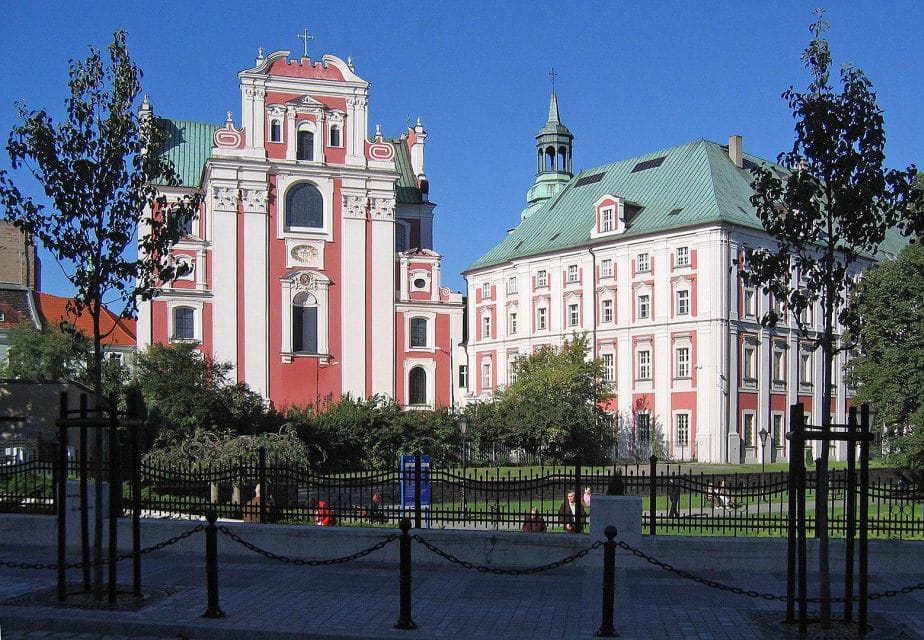
- The tour explores Poznań’s transformation from the Golden Age of Poland’s prosperity to the subsequent struggles and loss of independence.
- Poznań’s architectural styles, from Gothic to Renaissance and Baroque, reflect the city’s pivotal role in Poland’s historical journey.
- The tour highlights the resilience of Poznań and its contribution to Poland’s rebirth as a nation, showcased in the Imperial Castle.
- Visitors can enjoy Poznań’s culinary heritage, including the signature St. Martin’s Croissant and traditional Polish beverages.
- The tour is suitable for adults, seniors, history buffs, and architecture enthusiasts, offering an engaging and educational experience.
Overview of the Tour
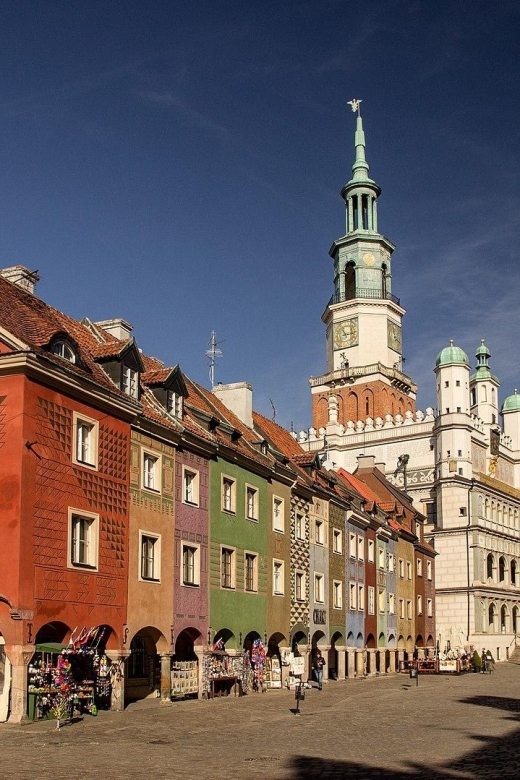
The tour offers a captivating exploration of Poznań’s transformation from its Golden Age in the 15th and 16th centuries to its subsequent struggles with natural disasters, wars, and the loss of independence.
Over the course of 3 hours, the tour takes visitors on a journey through the city’s rich history, visiting key landmarks like the Town Hall, Royal Castle, and Imperial Castle.
Along the way, you will gain insights into the architectural evolution of the city, from Gothic to Renaissance and Baroque styles.
The tour culminates at the modern Stary Browar complex, providing a contrast between Poznań’s past and present.
Available in both English and Polish, the tour offers a private group experience with flexible booking options.
You can also read our reviews of more tours and experiences in Poznan.
Historical Context
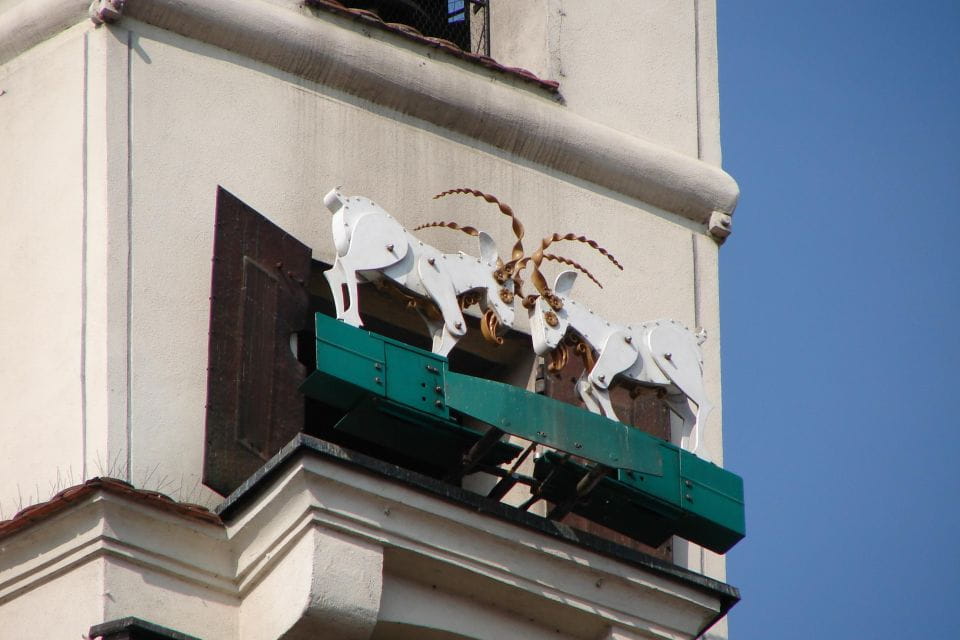
Spanning the 15th to 18th centuries, Poland’s history encompasses a remarkable transformation from becoming the largest Christian kingdom on Earth to ultimately dissipating from the map of Europe.
During its Golden Age in the 15th and 16th centuries, Poland became a powerful and influential nation, boasting the largest landmass of any European country at the time.
However, this era of prosperity was followed by a tumultuous period of natural disasters, wars, and the eventual loss of Polish independence in the 18th century.
This tour aims to trace Poznań’s journey through these pivotal moments, shedding light on the city’s resilience and its role in Poland’s ultimate rebirth as a sovereign nation.
Sightseeing Stops
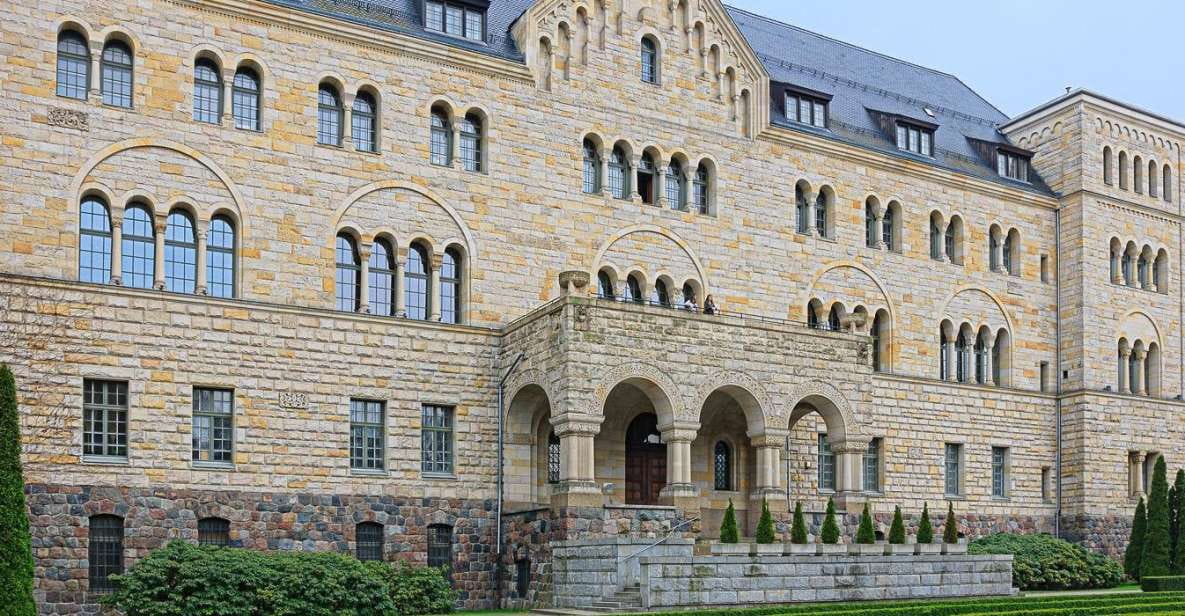
The tour begins at Poznań’s iconic Town Hall, a 20-minute stop that showcases the city’s pride and prosperity during its golden age.
Visitors explore the Royal Castle, the former center of power with captivating stories of battles and royal history.
Next, they admire the Baroque architecture of St. Stanislaus Church before heading to Wolności Square to learn about the 19th and 20th-century struggles for Polish independence.
The final major stop is the impressive Imperial Castle, where diverse architectural styles come together in a gallery-like setting.
Surrounded by historic buildings, cafes, and shops, the Imperial District offers a glimpse into Poznań’s rich cultural heritage.
Architectural Styles
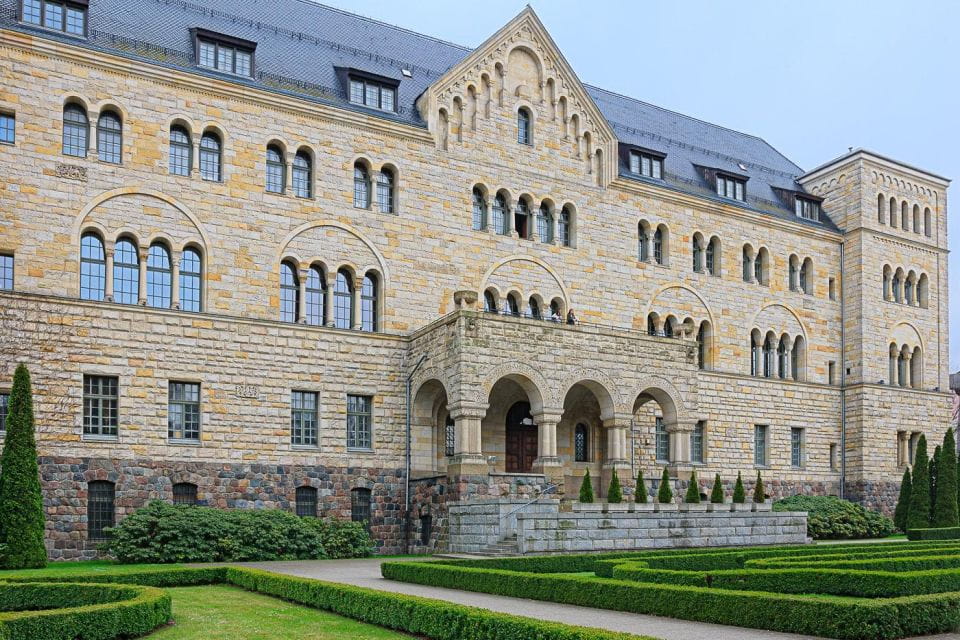
Poznań’s architectural landscape showcases a captivating blend of Gothic, Renaissance, Baroque, and Classical styles, each era leaving an indelible mark on the city’s built environment. The Gothic Town Hall, with its soaring spires and intricate stone carvings, stands as a testament to the city’s prosperity during the 15th and 16th centuries. The Royal Castle, a magnificent Renaissance structure, tells stories of battles and royal history. Nearby, the Baroque St. Stanislaus Church impresses with its ornate interiors and elaborate facade. The Imperial Castle, a showcase of diverse architectural styles, serves as a testament to Poznań’s resilience and reinvention through the ages.
| Architectural Style | Key Landmark | Period |
|---|---|---|
| Gothic | Town Hall | 15th-16th Centuries |
| Renaissance | Royal Castle | 16th Century |
| Baroque | St. Stanislaus Church | 17th-18th Centuries |
| Classical | Imperial Castle | 19th Century |
| Modern | Stary Browar | 21st Century |
Imperial District
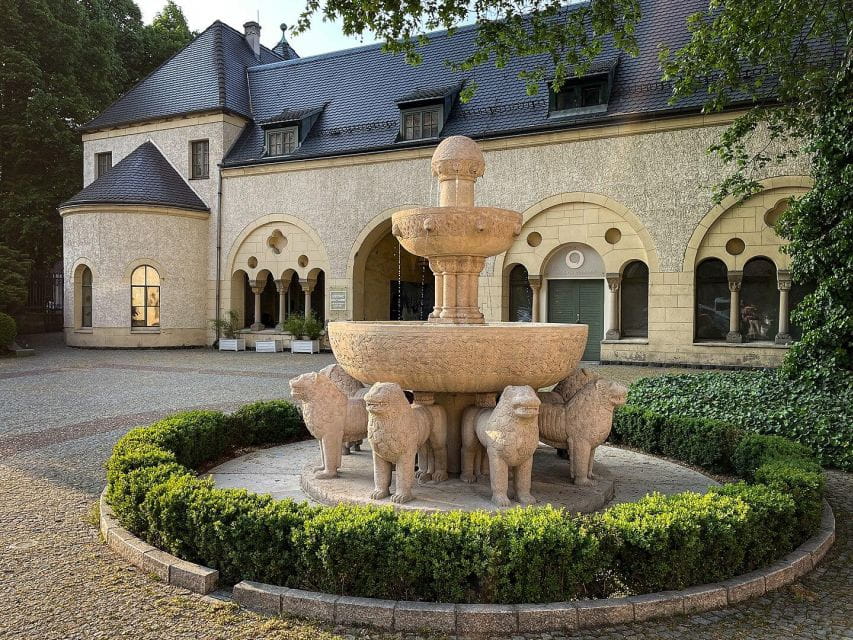
Nestled within Poznań’s captivating architectural landscape, the Imperial District serves as a gallery showcasing a diverse array of historic buildings, charming cafes, and vibrant shops.
Designed in the late 19th century, this district boasts an impressive collection of structures that blend various styles, from neo-Renaissance to neo-Gothic. Visitors can stroll through the pedestrian-friendly streets, admiring the ornate facades and intricate details that adorn the structures.
The district is also home to a thriving cultural scene, with numerous cafes and boutiques offering a glimpse into the city’s rich heritage.
Whether you’re interested in architecture, history, or simply soaking up the local atmosphere, the Imperial District is a must-visit destination in Poznań.
Local Cuisine
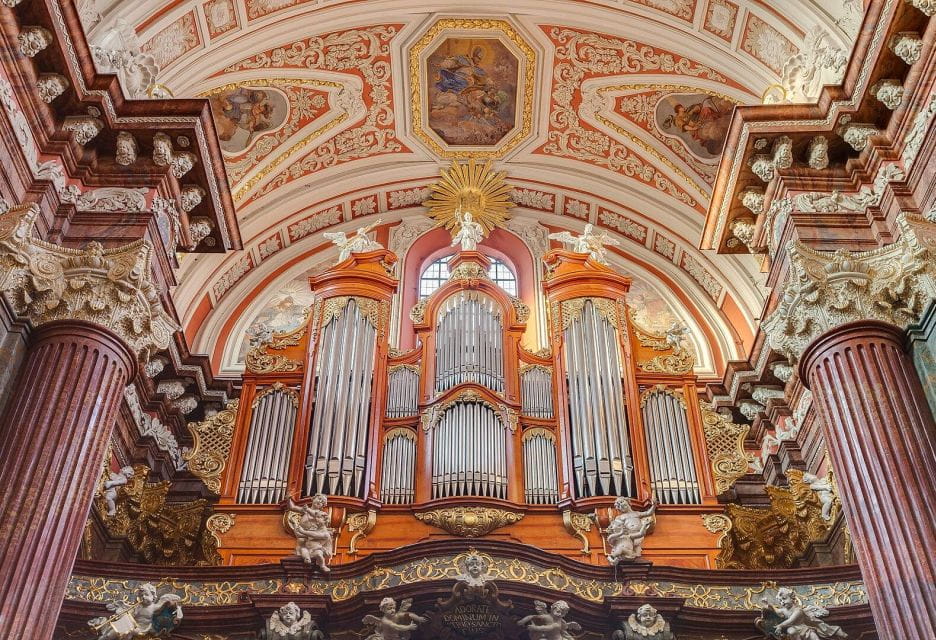
Alongside the captivating architecture, Poznań also boasts a vibrant culinary scene, offering visitors a chance to savor the city’s rich cultural heritage through its renowned local dishes. One such specialty is the St. Martin’s Croissant, a decadent pastry that combines buttery layers with a sweet, creamy filling. Another local favorite is the pierogi, a type of dumpling stuffed with a variety of savory or sweet fillings. To fully take in the city’s gastronomic delights, the tour also recommends sampling traditional Polish beverages like the crisp, refreshing Okocim beer or the warming, spiced Grzane Wino.
| Signature Dish | Key Ingredient | Description |
|---|---|---|
| St. Martin’s Croissant | Butter, Cream | Flaky pastry with sweet filling |
| Pierogi | Varied Fillings | Savory or sweet dumplings |
| Okocim Beer | Hops, Malt | Crisp, refreshing Polish lager |
| Grzane Wino | Red Wine, Spices | Warm, spiced mulled wine |
Customer Reviews
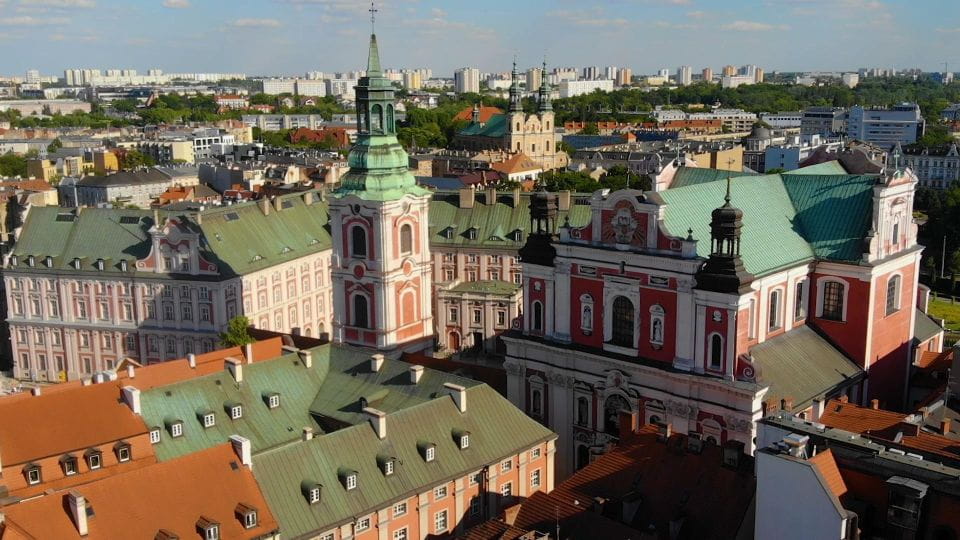
Visitors rave about the guided tour, with many highlighting the expertise and enthusiasm of the local guide.
A UK traveler lauded the ‘excellent’ tour, praising the guide’s knowledgeable and engaging insights into Poznań’s rich history.
The tour has garnered a perfect 5/5 rating from two satisfied customers:
- Rob from the UK described the tour as ‘excellent’, with great insight into the history of Poznań and Poland.
- Another GetYourGuide traveler from the UK found the tour to be ‘excellent’ and ‘very knowledgeable and interesting’.
The tour isn’t suitable for very young children under 3 or the elderly over 95, ensuring a focused experience for the target audience.
Tour Suitability
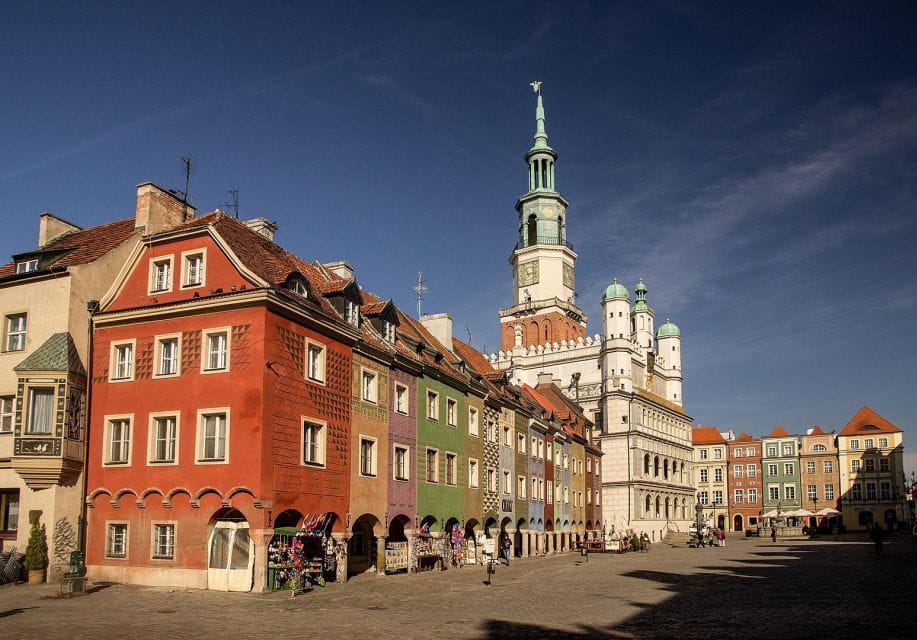
The tour’s suitability is clearly defined, catering to a specific audience and excluding young children under 3 and elderly individuals over 95 years of age. This targeted approach ensures a focused and engaging experience for participants within the specified age range.
| Suitable For | Not Suitable For |
|---|---|
| Adults | Children under 3 |
| Seniors | Seniors over 95 |
| History Buffs | Physically Unfit |
| Architecture Enthusiasts | |
| Polish Culture Seekers |
The tour’s content and activities cater to a mature audience interested in exploring Poznań’s rich history, architecture, and cultural heritage. This specialized focus allows for a more immersive and educational experience, ensuring participants leave with a deeper appreciation for Poland’s remarkable journey from its Golden Age to its fall and eventual rebirth.
Frequently Asked Questions
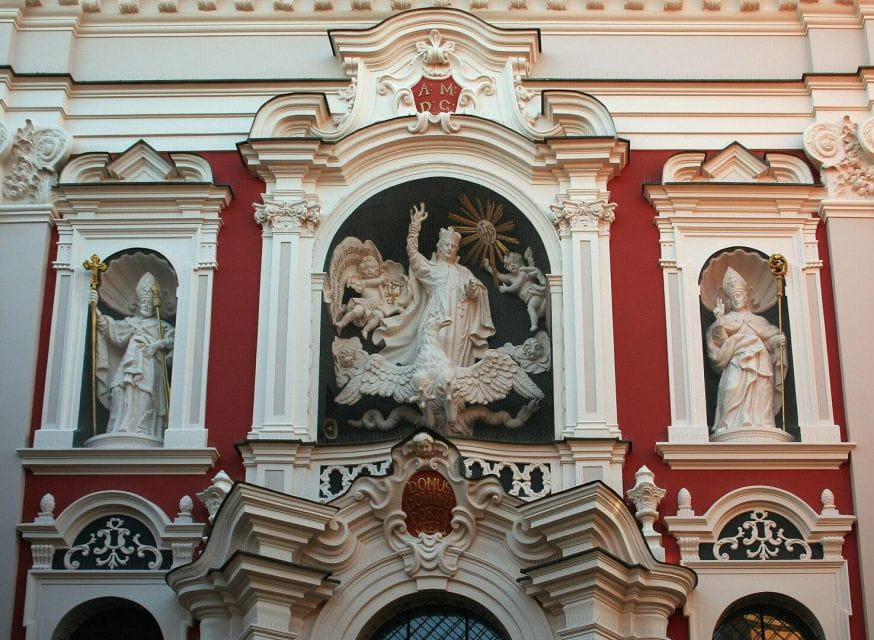
Is There an Option to Customize the Tour for My Group’s Interests?
The tour offers flexibility to customize the itinerary based on your group’s interests. You can speak with the tour provider to adjust the sightseeing stops and focus areas to suit your preferences for an engaging, personalized experience.
Do I Need to Bring Any Special Equipment or Supplies for the Tour?
No special equipment or supplies are required for the tour. Participants should wear comfortable walking shoes and bring any personal items they may need, such as water, snacks, or medications. The tour provides a comprehensive historical experience without requiring specialized gear.
Is There an Option to Extend the Tour Duration or Add Additional Stops?
Yes, the tour has flexible options. Customers can extend the duration or add additional stops upon request, allowing them to customize their experience and explore more of Poznań’s rich history and architecture. The tour guide can accommodate these requests.
How Accessible Is the Tour for Individuals With Mobility Challenges?
The tour generally accommodates individuals with mobility challenges. Many stops feature accessible entry points, and the guide can adjust the pace and route as needed. However, some historic sites may have limited accessibility.
Can the Tour Be Arranged on a Different Day or Time Than the Scheduled Options?
The tour can be arranged on a different day or time than the scheduled options. The operator offers flexibility to accommodate customer requests, subject to availability. Guests should inquire about alternative scheduling when booking the tour.
Recap
Poland’s journey from its Golden Age to periods of struggle and eventual rebirth is a testament to the nation’s resilience and tenacity. Its ability to rise from adversity and reclaim its identity underscores the strength and determination woven into its rich history.
The tour offers an insightful exploration of Poland’s architectural styles, imperial districts, and local cuisine, providing a comprehensive understanding of the country’s transformative past and its continued cultural vibrancy.
More Tour Reviews in Poznan
- Pozna: Cathedral Island and ródka District Guided Tour
- Old Town Poznan Walking Tour
- Discover Poznan: Walk, Take a tram and have a traditional snack
- Private 3-hour Poznan Old Town Tour
- The Best of Poznan 4 Hour Guided Private Walking Tour
- Palace, Castle and Ancient Oaks – Rogalin and Kórnik guided tour from Poznan
Not for you? Here's more things to do in Poznan we have recnetly reviewed
- Poznan: Pub Crawl with Free Club Entry
- Poznan Old Town and Citadel Park Private Walking Tour
- Poznan: Express Walk with a Local in 60 minutes
- Pozna: Bike Tour of Top Highlights with a Local Guide
- Pozna: Discover & Play A Guided Tour with a City Game
- Pozna Half-day Tour
- Pozna: Guided Bike/E-Bike Tour with Local Attractions
- Poznan Old Town and Top Attractions Private Walking Tour
- Old Town Poznan: Guided Walking Tour in English
- Poznan: Spy-Themed Walk & Game with Host/Guide
- Poznan private guided city tour
- Pozna: Private Highlights Tour with a local guide
